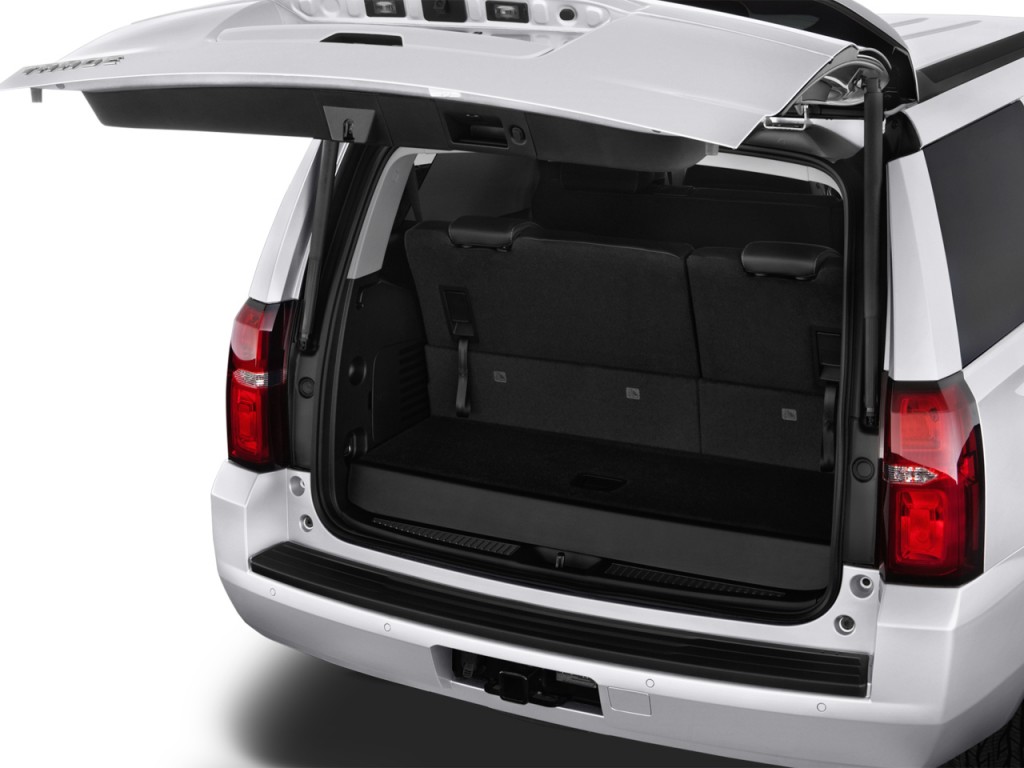
The only thing that was saving the Volt from what would have normally been an easy decision to cancel the program were the zero emission vehicle (ZEV) credits that offset GM's cost for building the Volt. These complicated supply chains made it difficult to build Volts profitably, and as a low-volume, low-margin vehicle, it was destined for the chopping block. The Chevrolet Volt is extremely complex and expensive to build, and its supply chain looked like someone threw a pile of spaghetti noodles onto a map of Michigan that spilled off onto the rest of the Midwest. Through that lens, maintaining the Volt and Voltec programs made absolutely no sense. Regardless of their affinity for a brand, concept, or vehicle, they have to demonstrate to their investors either immediate profits or – at the very least – a pathway to profitability. While GM is often painted as an evil corporation bent on the destruction of humanity, the reality is that they are a profit-driven company that owes primary allegiance to its investors. However, I will also explain what GM did wrong by cancelling the Volt program in the way they did and what they could have (and should have) done differently. In this story, I will explain why GM was right to end the Volt program, their reasons for not applying the Voltec powertrain to other platforms, and the reasons the electric vehicle community shouldn't be concerned about GM "killing" their electric cars. However, from an objective viewpoint, GM's decision to cancel the Volt and the Voltec program was correct. These accusations gained additional traction thanks to GM's not having an immediate, plug-in replacement for the Volt.

Thanks to a fervent and vocal anti-GM enclave of the EV community, the Volt's cancellation prompted renewed claims that GM was – once again – attempting to "kill" the electric car. Click Here To View And Compare New And Used Chevrolets 105 E Rt 130 South Burlington, NJ 08016 Sales: (866) 646-4102 Service: (866) 610-3815 Website: 9.As a Chevy Volt owner for over seven years, I completely understand why many Volt owners are upset at the news that GM was cancelling the Volt and not pursuing any other Voltec-based vehicle platforms. Burlington Chevy is one of the TOP Chevy dealers in NJ. And it's a much better value this year than it was last year. In the end, the Volt is perhaps the nicest and most sophisticated of the half-dozen plug-in cars that also have engines to give them unlimited range. The Chevy Volt has the highest customer satisfaction rate of any car GM has ever built, and a majority of Volt buyers are new to the Chevrolet brand-a huge win for GM. But meet a group of Volt owners and they may just succeed in selling you one. There is also the Nissan Leaf, which got a price cut last year as manufacturing shifted to the U.S, aand Ford's pair of C-Max and Fusion Energi plug-in hybrids. Volt shoppers are likely to consider the Prius and its plug-in model as well, and indeed Chevy notes that the Prius is the most commonly traded-in car for a new Volt. That aside, two new paint colors and a leatherwrapped steering wheel are the sum total of the changes for 2014. The one major change this year is the price: Chevy cut a healthy $5,000 off the Volt's bottom line, reducing it from $39,995 to $34,995 to reflect the competitive pressures of lower prices on other plug-ins (both prices include a mandatory delivery fee).
#2013 chevy volt vs 2014 chevy volt range drivers
It's still a rare bird in other parts of the country that are slower to experiment with vehicles that drivers just plug into the wall to "fuel" them, but the Volt carries on for 2014 with very few changes in specification. The 2014 Chevrolet Volt is now in its fourth model year, and GM's radical range-extended electric car is just part of the automotive landscape now in parts of California. 2014 Chevy Volt vs 2014 Nissan LEAF2014 Chevy Volt2014 Nissan LEAF 3.

2014 Chevy Volt vs 2014 Nissan LEAF Burlington Chevy 2.


 0 kommentar(er)
0 kommentar(er)
